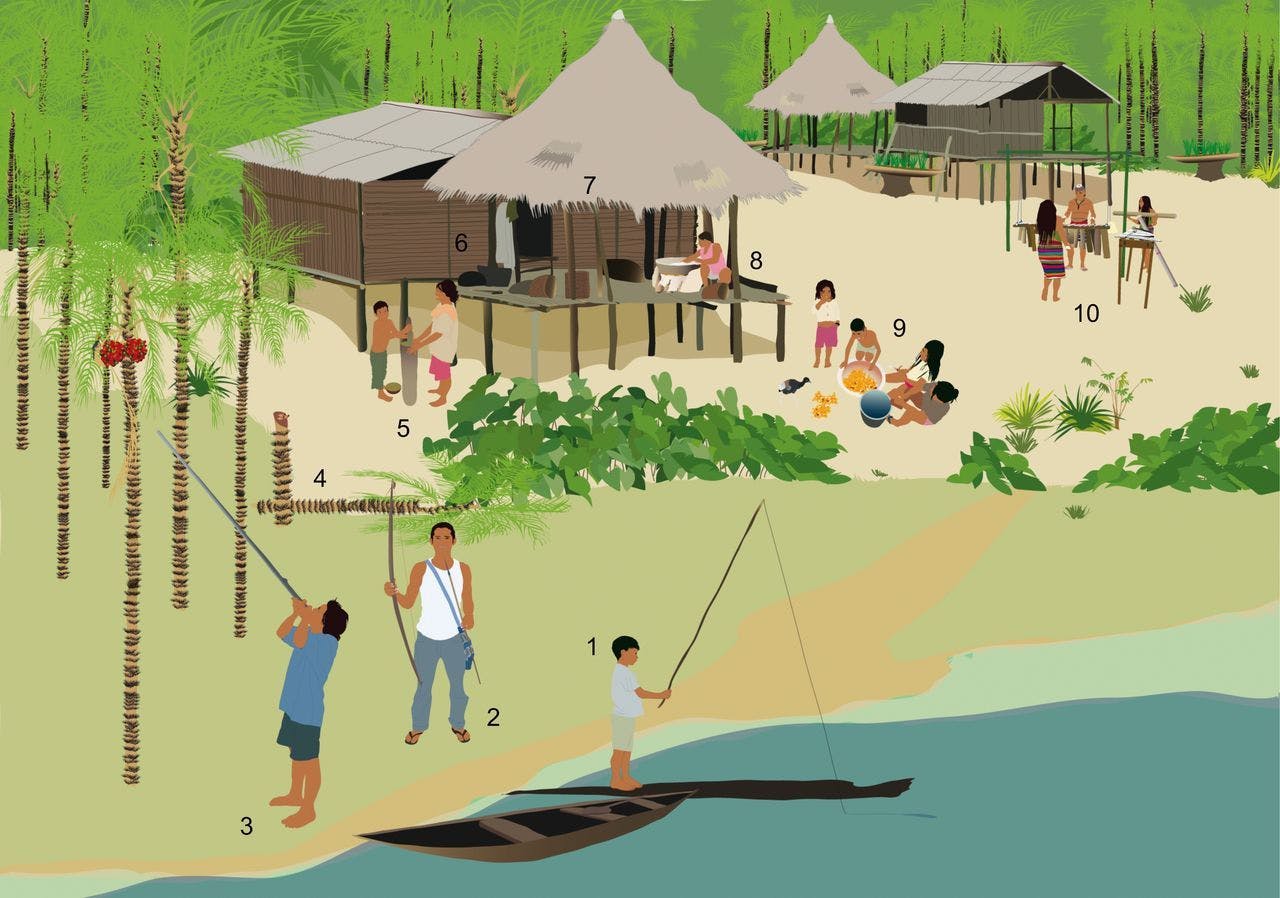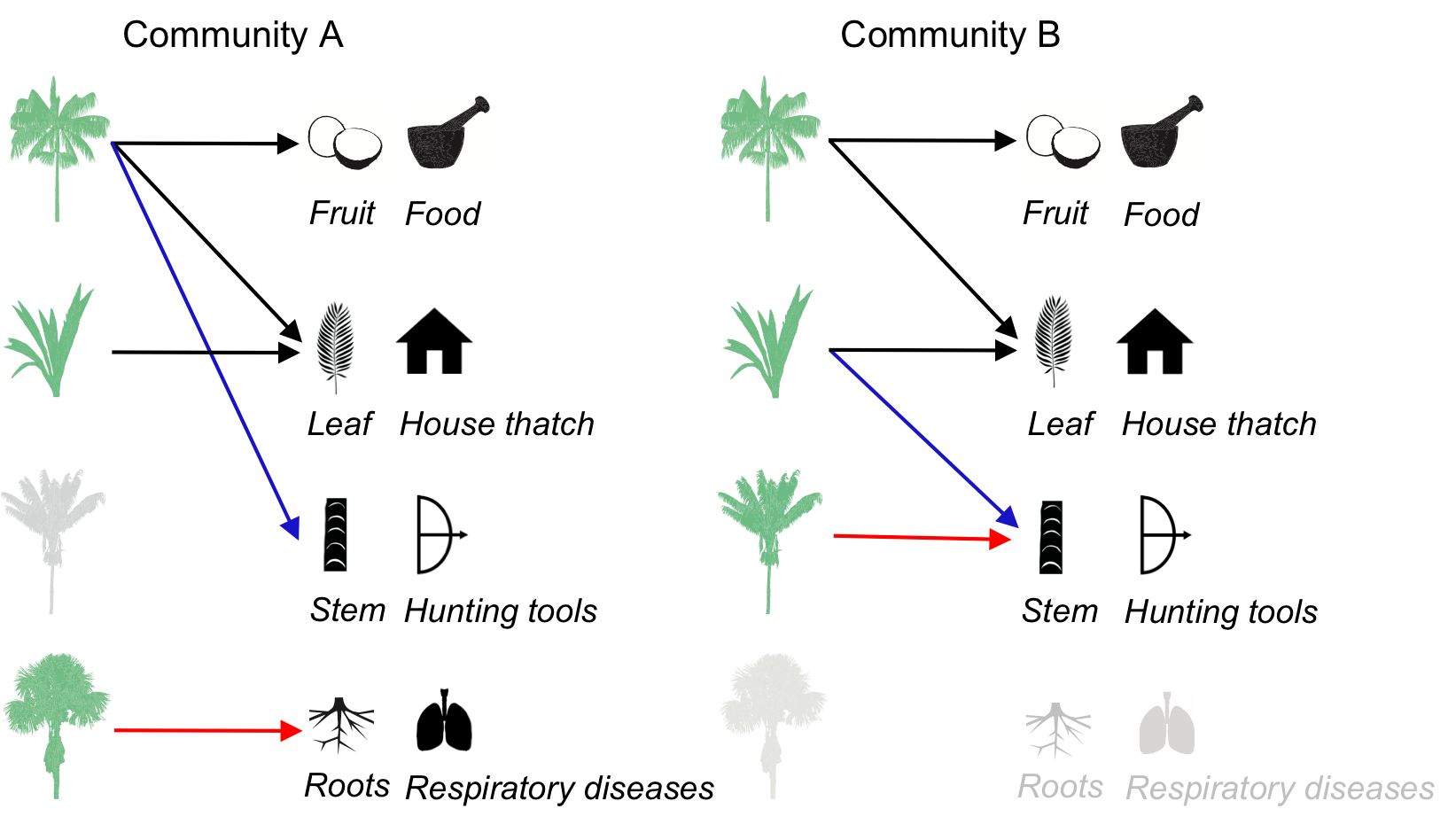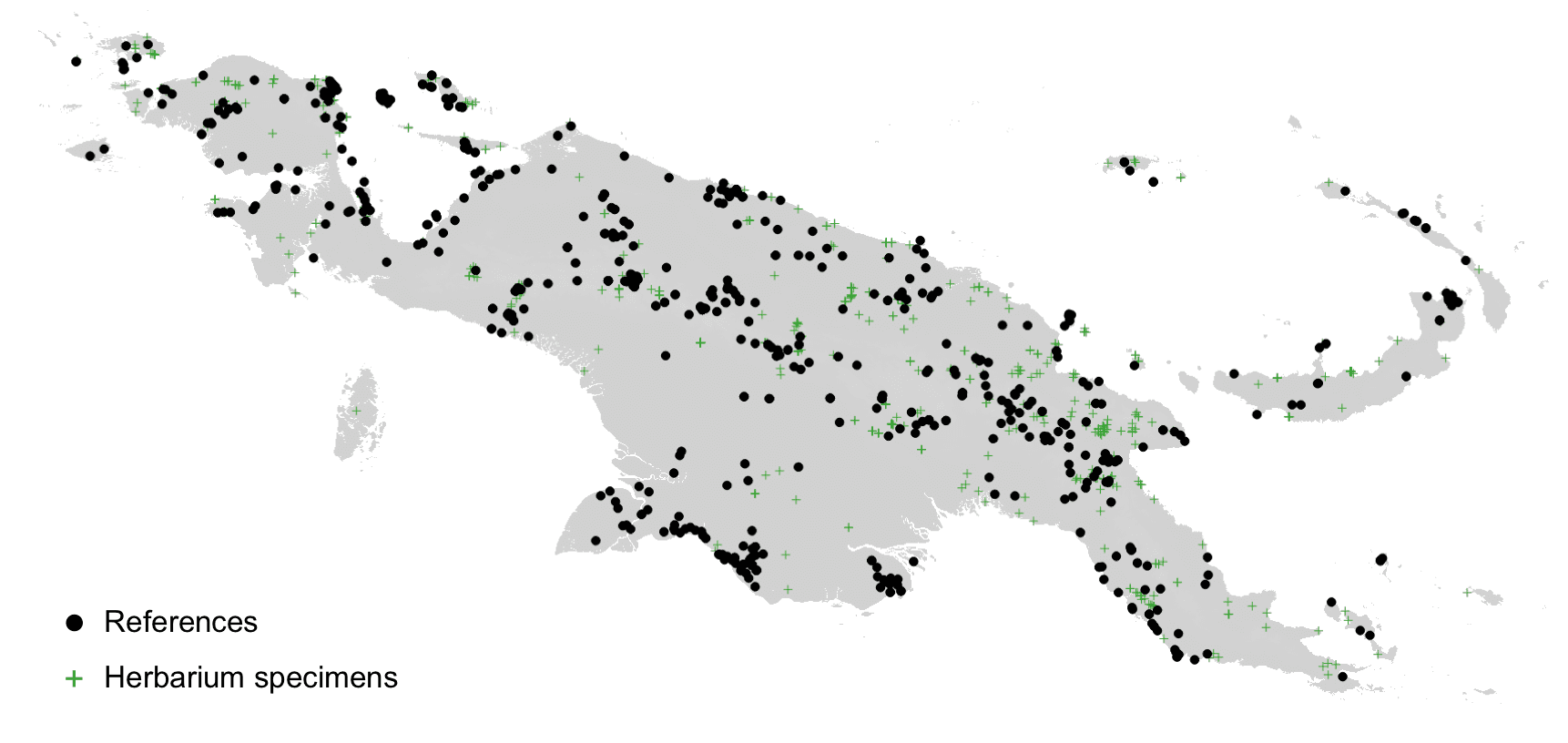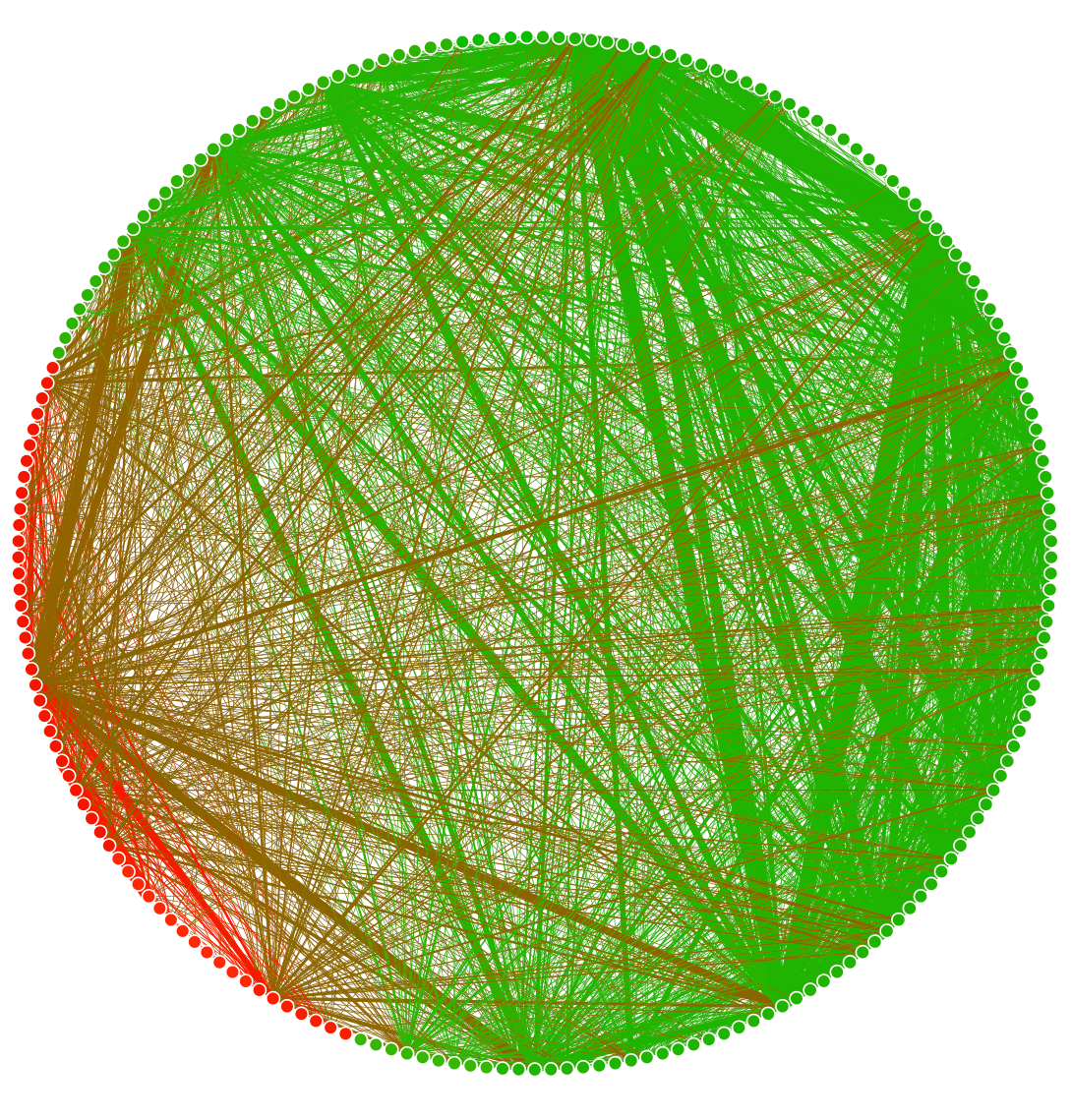The burning of the Library of Alexandria is a symbol of the tragic consequences of the loss of human culture (fig. 1). As knowledge was written down in papyrus scrolls, one can quantify the magnitude of the tragedy with some fig.s ranging between 40,000 to 400,000 of such scrolls lost. By contrast, in non-literate societies such as in indigenous communities, the loss of knowledge may be silent, as we cannot quantify it by the number of pages or volumes in which it is contained. And yet, such a loss of knowledge can jeopardize the survival of these indigenous people even when this component is missed by studies on ecosystem services.
Indigenous and local communities of tropical regions have assembled sophisticated knowledge about plants and their services, which has significantly enhanced local livelihoods and global economies. To date, however, studies of indigenous knowledge on plant services have been typically based on aggregate indicators such as the number of uses, useful species, or uses per species known within a community, leaving out essential information on the identity of species and uses and their relationships (fig. 2).

To bridge this gap, we attempted to understand how indigenous knowledge of 57 Neotropical indigenous communities about plant services is structured locally and regionally, how it is influenced by turnover in plant services and cultural heritage, and how the progressive loss of biological and/or cultural heritage undermines the resilience of indigenous communities (see paper in the journal Proceedings of the National Academy of Sciences USA). We began by introducing the concept of indigenous knowledge networks, which represent the wisdom of indigenous people on plant species and the services they provide. These networks relate plant species with particular services (nodes of two sets) through the local knowledge within a community (links). Indigenous knowledge networks are the equivalent to the papyrus scrolls or books of literate societies and are a powerful graphical representation (fig. 3).
We then analysed how biological and cultural heritage jointly influence the structure of the 57 indigenous knowledge networks across tropical America ---an area that is exceptionally rich in biocultural diversity. At continental scales, we aggregated the knowledge of all local communities to build an indigenous knowledge metaweb, representing the global knowledge that communities have of the services provided by all plants occurring in the study area. We then compared each local community to the indigenous knowledge metaweb to identify if there are keystone communities that harbour a large amount of knowledge given their human population size. Finally, by conducting biologically-informed simulations, we examined how the loss of plants or knowledge about nature's services could undermine the resilience of the metaweb.

We found two key results. First, that cultural heritage is as important as biological heritage in explaining the turnover and variability of indigenous knowledge networks across communities. Second, that it is the simultaneous loss of biological and cultural heritage that leads to a much faster erosion of the indigenous knowledge metaweb. Typically, the emphasis has been placed on the ever-increasing impact of human activities on land and oceans, but we highlight that there is a greater need to understand both the biological and cultural dimensions that underpin the realization of ecosystem services.
To understand how biological and cultural heritage influence the realization of ecosystem services, one could perhaps examine the published literature to synthesize existing information. Indeed, literature reviews are an important pillar of scientific assessments of indigenous knowledge that seek to strengthen the knowledge foundations of the science-policy interface on biodiversity and ecosystem services (Karki et al. 2008). However, if existing research is limited to a small fraction of ecosystems and indigenous groups, conclusions derived from literature reviews may result in strong biological biases in scientific assessments or in decision-making that is based on an unrepresentative sample of socio-cultural systems.
Accordingly, in a subsequent study with Zoe Dennehy (University of Sussex) we examined the magnitude of information gaps in indigenous knowledge for science-policy assessments (see paper in Nature Sustainability). To do so, we focused on New Guinea, the world's most bioculturally diverse region (Loh and Harmon 2005) that supports over 1,100 indigenous groups and 15,000 plant species. During 12 months, we assembled an ethnobotanical database containing information from 488 references published since 1885 (in Bahasa Indonesia, Dutch, English, French and German), representing the largest multilingual synthesis on indigenous knowledge to date for New Guinea (fig. 4).

We began by assessing the distribution of research on plants and their services across New Guinea's ecosystems and cultures, including those facing greatest extinction risk. We found that only 20% of New Guinea's 15,000 species are documented in the ethnobotanical literature and that all of its habitats remain understudied. Culturally, 217 or 19% of New Guinea's 1,100 indigenous groups have been studied, endangered groups make up just 25% of all groups studied and 90% of the studied endangered groups have <100 data-preserve-html-node="true" use reports. Moreover, indigenous groups whose languages are endangered generally do not share knowledge with groups with non-endangered languages (fig. 5). These findings illustrate that the cultural and intellectual legacy of indigenous people will be under-represented in any assessment that is done on the basis of published research and that the extinction of indigenous languages will not be buffered by the knowledge held by other groups.

Finally, we examined the distribution of plant services by applying Deborah Rabinowitz's framework of rarity (Rabinowitz 1981), which defines seven forms of rarity on the basis of geographic range, habitat specificity and local population size and is represented in a 2×2×2 or 8-celled block. In our study, however, we apply it to quantify rarity in plant services rather than individual species. We found that most documented plant services (64%) exhibit high rarity, meaning that many plant services are not yet known and remain unrecorded.
Overall, both studies emphasise the need to acknowledge the irreplaceability of cultural heritage, which is rarely considered in ecosystem service assessments, as these tend to place greater emphasis on the extinction of plant species. As indigenous languages go extinct, their ability to share knowledge will be diminished ---more so because endangered indigenous groups share very little knowledge with non-endangered groups and because research is decoupled from cultural extinction risk. By integrating network science, ecology and social sciences, these studies also give us insight into how transdisciplinary efforts that link biological and cultural diversity can help build resilience in the face of global environmental change.
References
Cámara-Leret, R., M. A. Fortuna & J. Bascompte. 2019. Indigenous knowledge networks in the face of global change. Proceedings of the National Academy of Sciences USA 116 (20), 9913--9918. Cámara-Leret, R. & Z. Dennehy. 2019. Indigenous knowledge networks in the face of global change. Nature Sustainability 2, 736--741. Cámara-Leret, R. & Zoe Dennehy. 2019. Indigenous knowledge of New Guinea's useful plants: a review. Economic Botany. https://doi.org/10.1007/s12231-019-09464-1 Karki, M., S. Senaratna Sellamuttu, S. Okayasu & W. Suzuki (eds). 2018. The IPBES Regional Assessment Report on Biodiversity and Ecosystem Services for Asia and the Pacific (Secretariat of the Intergovernmental Science-Policy Platform on Biodiversity and Ecosystem Services). Loh, L. & D. Harmon. 2005. A global index of biocultural diversity. Ecological Indicators 5, 231--241 (2005). Rabinowitz, D. 1981. Seven forms of rarity. In: The Biological Aspects of Rare Plant Conservation (ed. Synge, H.) 205--217 (Wiley).


